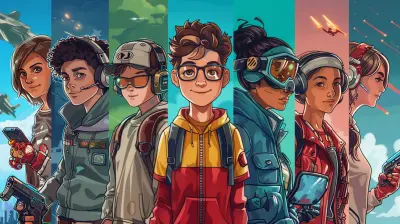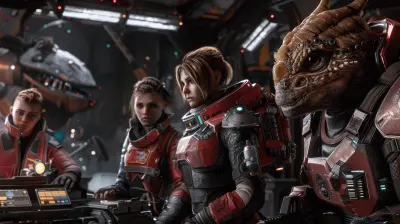Designing the Perfect Sandbox Environment: A Guide for Aspiring Game Developers
30 May 2025
When it comes to video game design, there’s a lot of magic behind creating something that feels alive—something that draws you in, tempts you to explore, and lets you leave your mark. For aspiring game developers, designing a sandbox environment can be both exhilarating and overwhelming. Where do you start? What makes a sandbox game genuinely captivating? Don’t worry; we’re diving into all the juicy details to help you design the perfect sandbox environment. Grab your creative hard hat and let’s get building!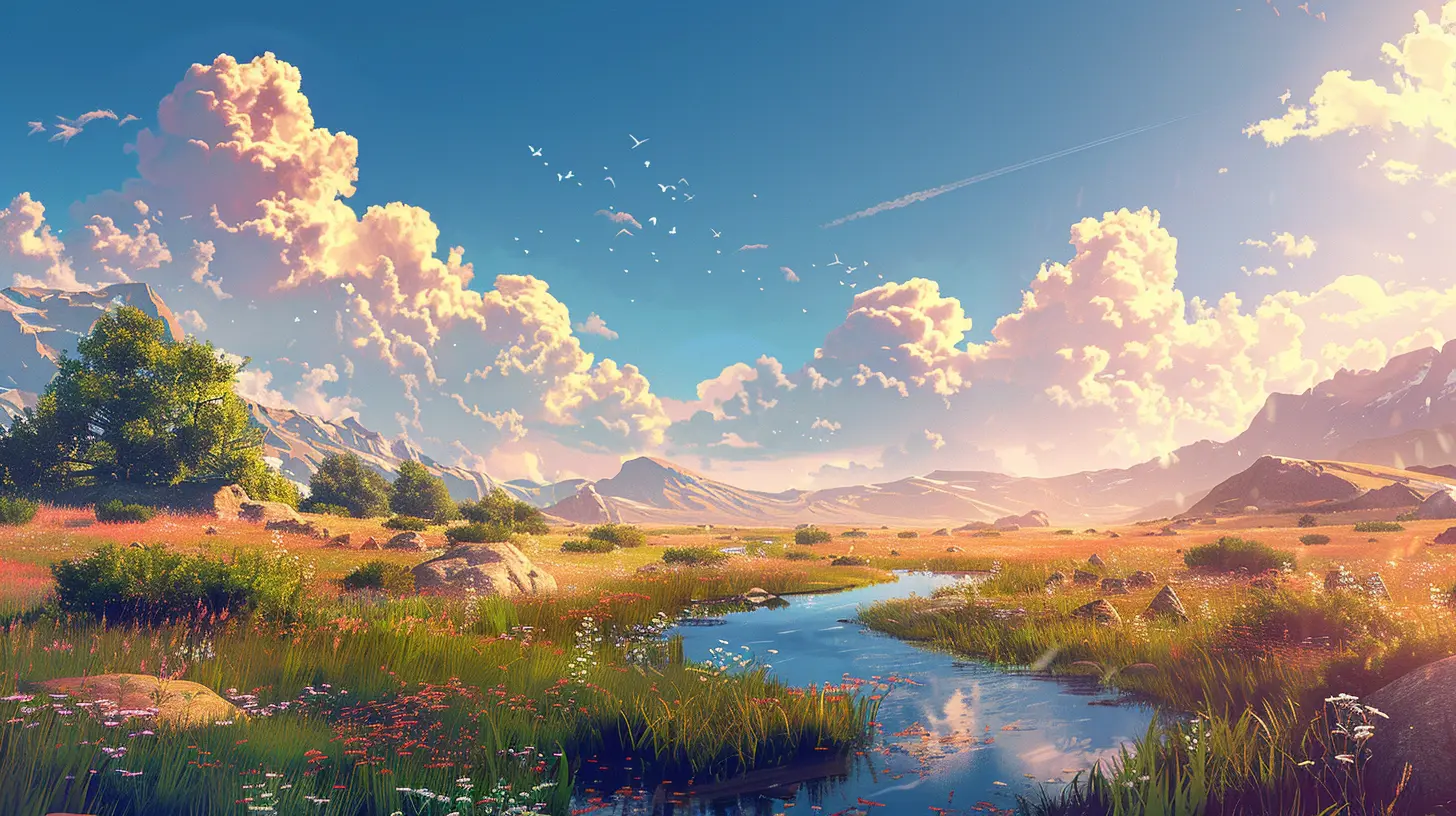
What Is a Sandbox Game, Anyway?
Alright, before we get into the nitty-gritty, let’s clear up what we’re talking about here. A sandbox game is like the ultimate open playground. Think "Minecraft," "Grand Theft Auto," or "The Sims." These games give players freedom—freedom to roam, experiment, and create their own adventures. There’s no rigid “do this, then that” structure. Instead, the player is in the driver’s seat.The beauty of sandbox games? They’re all about player agency. It’s less about following a script and more about creating opportunities. Your job as the designer is to craft an environment that invites curiosity, creativity, and replayability. Sounds simple, right? Well, let’s dig deeper.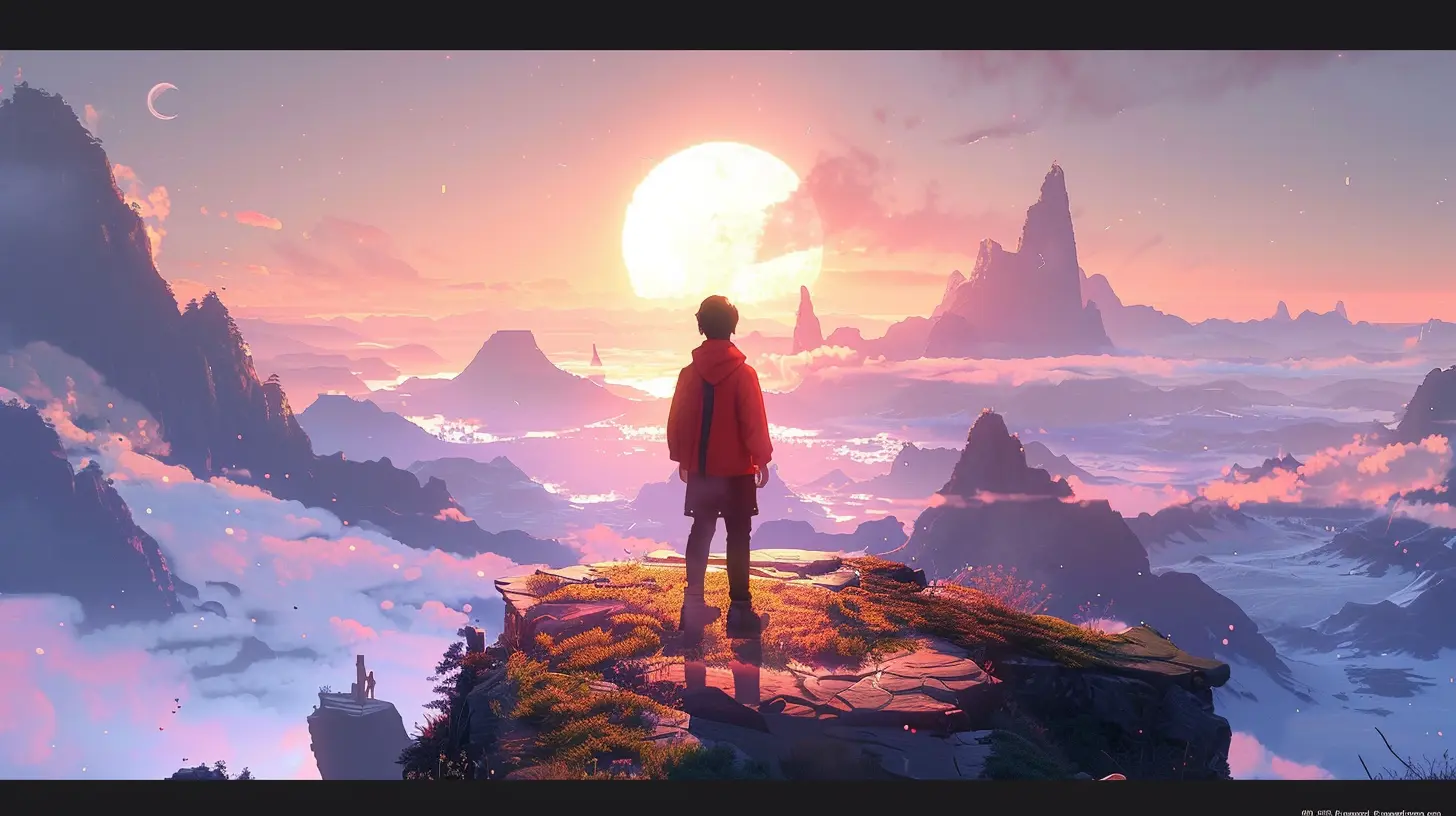
Why Are Sandbox Games So Addictive?
Before you build one, you’ve gotta understand what makes sandbox games so beloved. Think about it—what’s the one thing we all love in life? Options. We want the freedom to do things our way, at our pace, and in our style. Sandbox games thrive because they offer:1. Player Freedom: Players love being in control. Give them choices, and they’ll stay engaged.
2. Immersion: A well-designed sandbox feels real and reactive. Every action should have a consequence—even if it’s just for fun.
3. Creativity: Who doesn’t love building something unique? Let players mold the world how they see fit.
4. Replayability: The best sandbox games keep calling you back. There’s always something new to discover or try.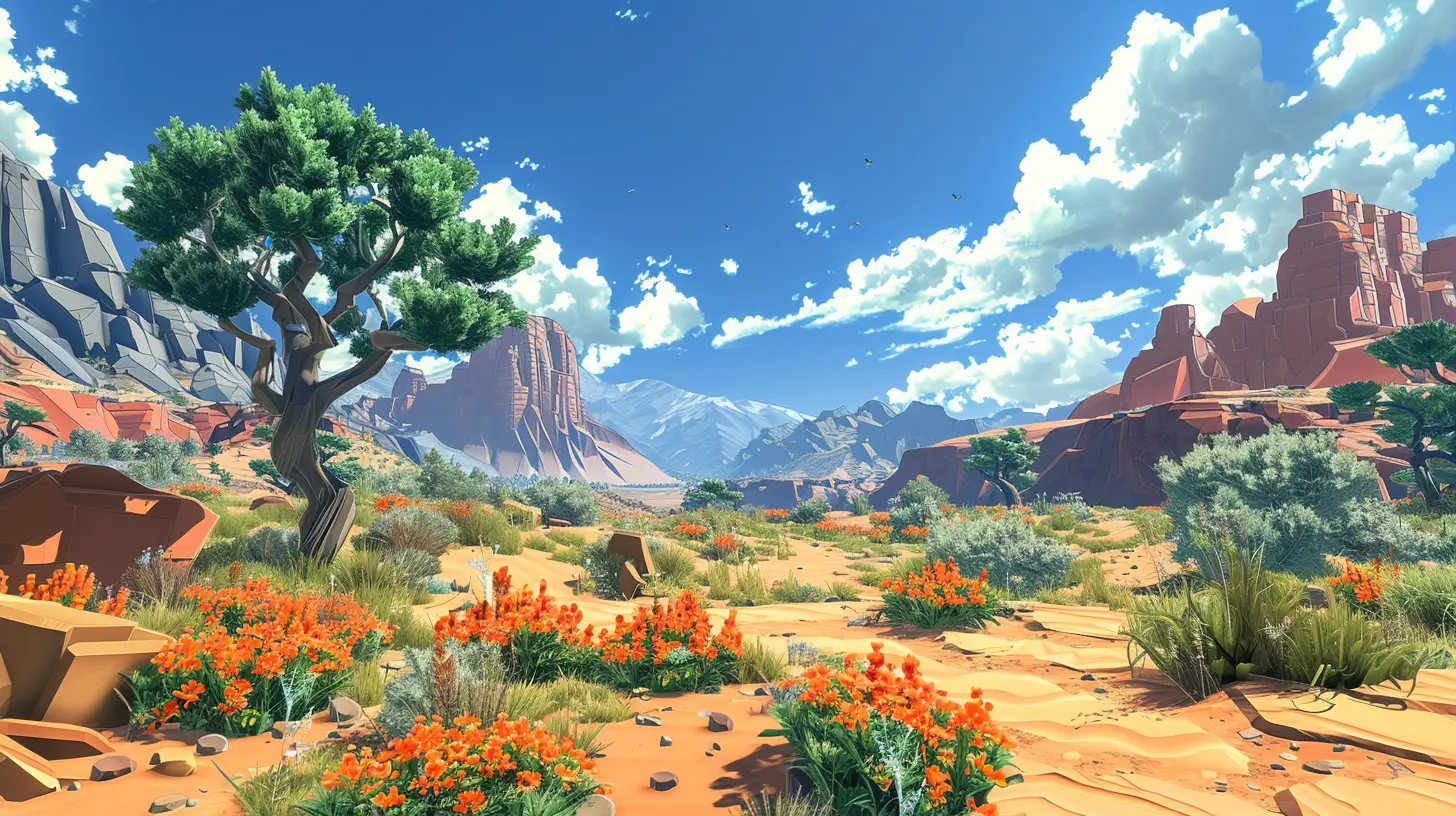
Step 1: Define Your Core Concept
Every great sandbox starts with a strong foundation, just like a house. You can’t go slapping random ideas together and hope for the best. Sit down and figure out what your game is about.- What’s the Theme? Are you building a bustling city? Surviving in an alien jungle? Crafting on a deserted island? Nail this down first. The theme will shape every design decision you make.
- What’s the Player’s Role? Will they be a hero? A builder? A mischievous troublemaker? Let them define their journey, but give them a nudge with some context.
- What’s the Goal—If Any? Some sandbox games have no end goal (think "Minecraft" in Creative Mode), while others provide subtle objectives (like earning money in "Stardew Valley"). Decide how structured or freeform you want your game to be.
For example, if you’re designing a pirate-themed sandbox, maybe the player’s goal is to build their pirate empire—but how they do that? Up to them. Raiding ships, trading, or hunting treasure are all valid paths.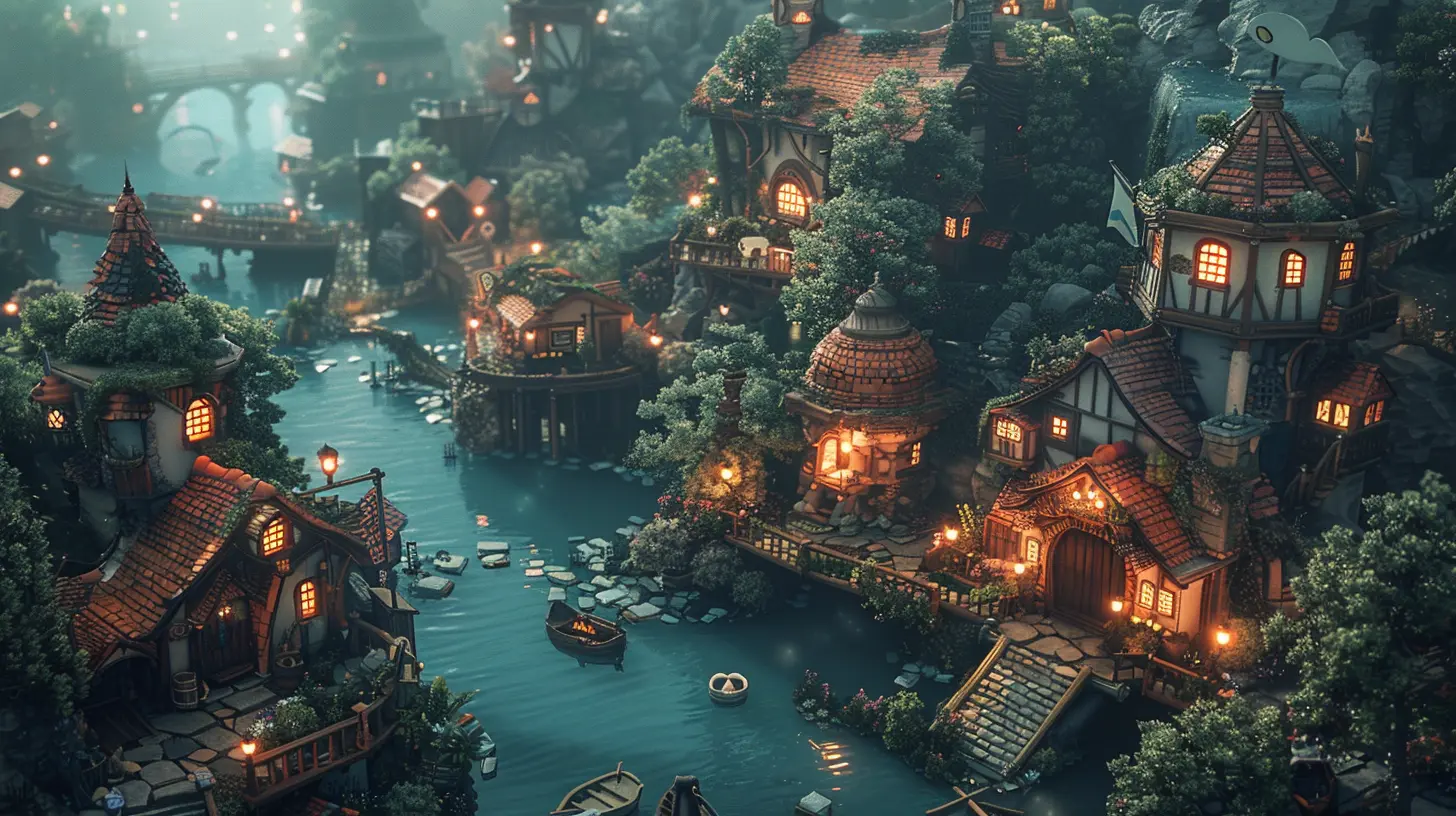
Step 2: Build a Living, Breathing World
Your sandbox’s environment is the star of the show. It needs to feel rich, dynamic, and alive. If the world feels dull or repetitive, players will bounce faster than a kid on a trampoline.Make It Immersive
- Details Matter: Add tiny touches that bring the environment to life. Footprints in sand, rustling leaves, or NPCs with their own routines can all make the world feel real.- Dynamic Systems: Let the world respond to the player’s actions. If they start a fire, nearby NPCs should panic. If they cut down all the trees, the landscape should change.
- Layered Sound: Never underestimate audio. Birds chirping, distant waterfalls, or an ominous wind can transport players into your world.
Encourage Exploration
- Diversity: Nobody wants to wander through the same grassy plains for hours. Mix up biomes, landmarks, and points of interest.- Rewards: Give players a reason to explore. Hidden treasures, rare resources, or secret lore keep curiosity alive.
Here’s the golden rule: If your world doesn’t beg the player to ask, “What’s over that hill?” you’re doing it wrong.
Step 3: Put the Tools in Their Hands
A sandbox game without tools is like a pizza without the cheese—why even bother? Players need the means to interact with the world in meaningful ways.Offer Creative Mechanics
Let them build, destroy, or modify their surroundings. Whether it’s terraforming soil, constructing buildings, or setting up elaborate traps, make sure they can leave their mark on the world.Introduce Systems That Work Together
Think of mechanics as puzzle pieces. Individually, they’re neat. Together, they’re magic. For instance:- In "Minecraft," mining resources feeds into crafting tools, which lets you build bigger projects.
- In "The Sims," relationships, careers, and home design are interconnected.
The more your systems interact, the deeper the gameplay.
Balance Accessibility vs. Complexity
Here’s the tricky part: Make it easy to pick up but hard to master. You want mechanics simple enough that newcomers can jump in, but with enough depth that veterans feel challenged. Think of it like an onion—layers that players can peel back over time.Step 4: Design for Player Autonomy
Here’s a secret: Players don’t like being told what to do (at least, not in a sandbox). They want freedom, but they also want guidance when they’re lost. It’s a balancing act.Provide Gentle Nudges
Instead of forcing objectives down their throats, offer subtle direction. Maybe an NPC mentions a cool location nearby or a glowing icon signals treasure. These hints let players feel like they’re discovering things on their own.Embrace Chaos
Sandbox games shine when players can experiment. Let them stretch the rules, break the systems, or create hilarious chain reactions. If a player wants to stack 50 cows on top of each other for reasons unknown, let them. Lean into the madness.Allow Players to Set Their Own Goals
Not all players want the same thing. Some might aim to build a massive city, while others just want to cause mischief. Your sandbox should support multiple playstyles. It’s like a buffet—everyone’s plate will look different.Step 5: Never Underestimate the Importance of Feedback
Feedback is how your game communicates with the player. It’s not just about pretty visuals; it’s about making actions feel satisfying.Visual and Audio Cues
- Does the ground shake when a boulder falls?- Is there a satisfying click when you place a building?
Don’t overlook these small but mighty details. They’re what make actions feel impactful.
Progress Tracking
Players love seeing how far they’ve come. Whether it’s unlocking new recipes, upgrading tools, or mapping out explored territory, show their growth. Progress systems keep players hooked.Step 6: Test, Tweak, Repeat
You’re not going to nail the perfect sandbox on your first try. And that’s okay. Game design is like sculpting—you keep chiseling away until the vision becomes clear.Playtest Religiously
Get fresh eyes on your sandbox as early as possible. Watch how players interact with the systems you’ve created. Are they confused? Bored? Overwhelmed? Use that feedback like a roadmap.Iterate Smartly
Once you’ve gathered data, make meaningful tweaks. This might mean rebalancing resources, adding clearer tutorials, or redesigning certain mechanics. The goal is to polish your sandbox until it shines.Final Thoughts
Designing the perfect sandbox environment isn’t easy, but it’s ridiculously rewarding. At its core, a sandbox game is about giving players the freedom to create their own stories. Your job is to provide the tools, the stage, and the spark that lights their imagination.Remember, the best sandbox games make players feel like anything is possible. So, why not take a leap and build that world you’ve been dreaming of? The sky’s the limit, after all.
all images in this post were generated using AI tools
Category:
Sandbox GamesAuthor:

Audrey McGhee
Discussion
rate this article
3 comments
Kaitlin Wade
This article offers invaluable insights into creating immersive sandbox environments. The tips on player freedom, environmental interactivity, and dynamic storytelling are particularly noteworthy. Aspiring developers will benefit greatly from these guidelines, as they emphasize the balance between creativity and structured gameplay. A must-read for any game designer!
June 7, 2025 at 5:02 AM

Audrey McGhee
Thank you for your insightful feedback! I'm glad you found the tips on player freedom and dynamic storytelling valuable. Happy designing!
Soren McLain
This article sparks my curiosity about sandbox environments! It's fascinating how these open worlds encourage creativity and exploration. I can't wait to see how aspiring developers will implement unique mechanics and immersive storytelling. What innovative elements do you think will shape the future of sandbox gaming? Let's discuss!
June 1, 2025 at 4:25 AM

Audrey McGhee
Thank you for your enthusiasm! I believe dynamic weather systems and AI-driven NPCs will play a significant role in enhancing immersion and creativity in sandbox games. Let’s definitely keep the discussion going!
Indie Monroe
Oh sure, because every aspiring developer dreams of perfecting sandcastles instead of actual games!
May 30, 2025 at 4:09 AM

Audrey McGhee
I appreciate your humor! While games are the ultimate goal, mastering sandbox environments can enhance creativity and gameplay design.

